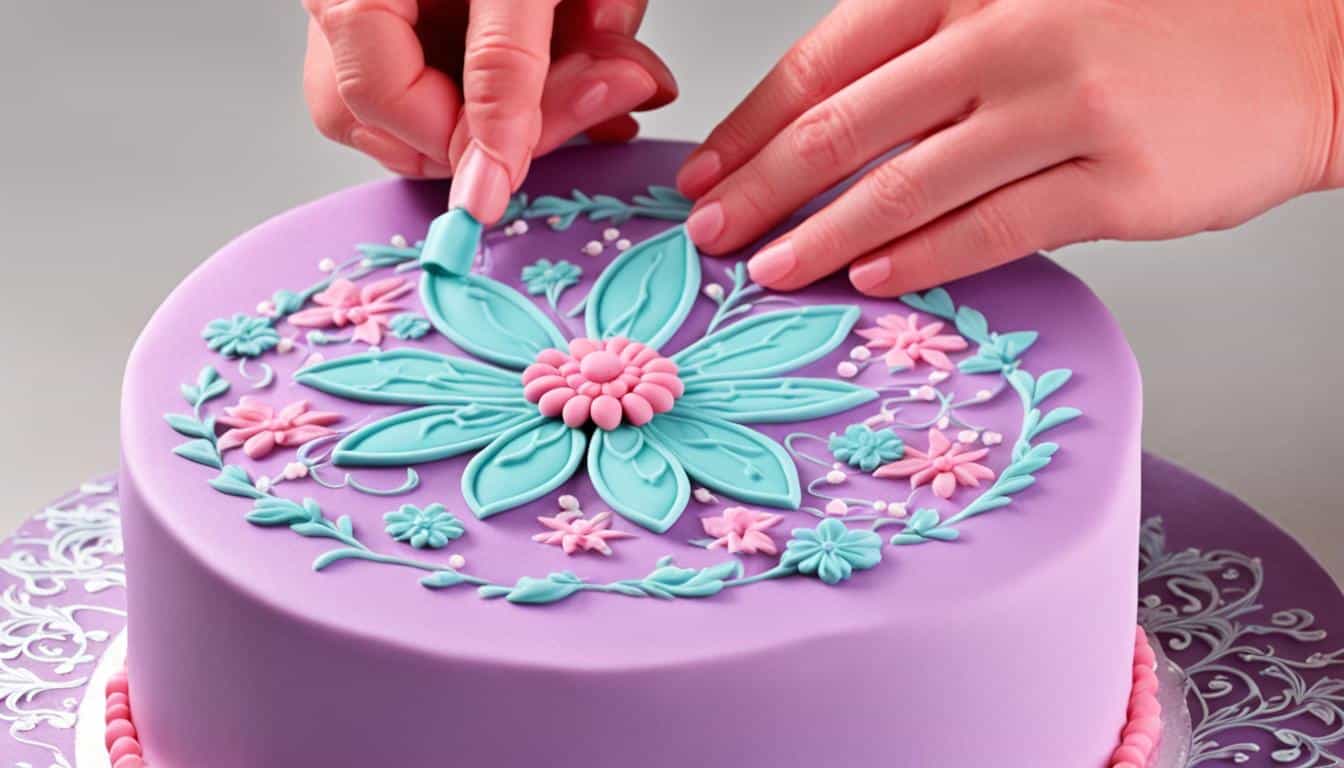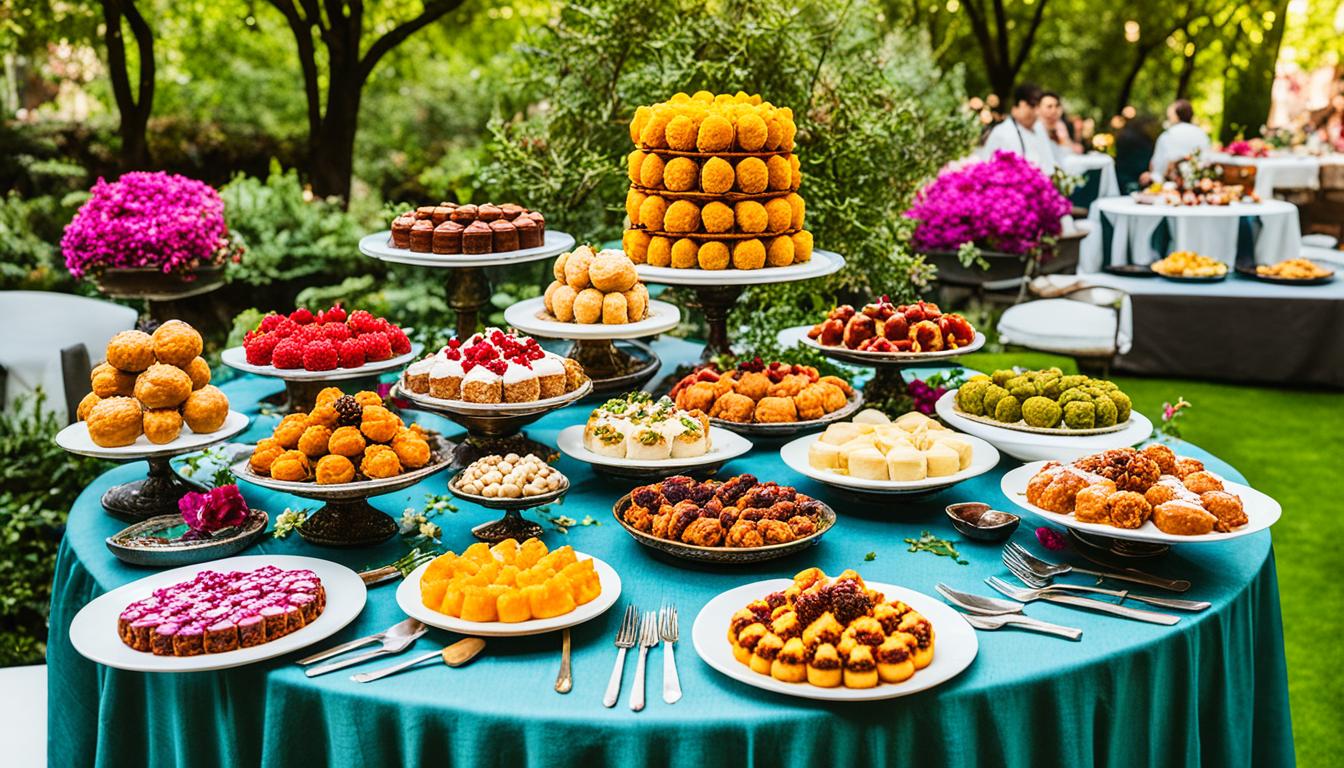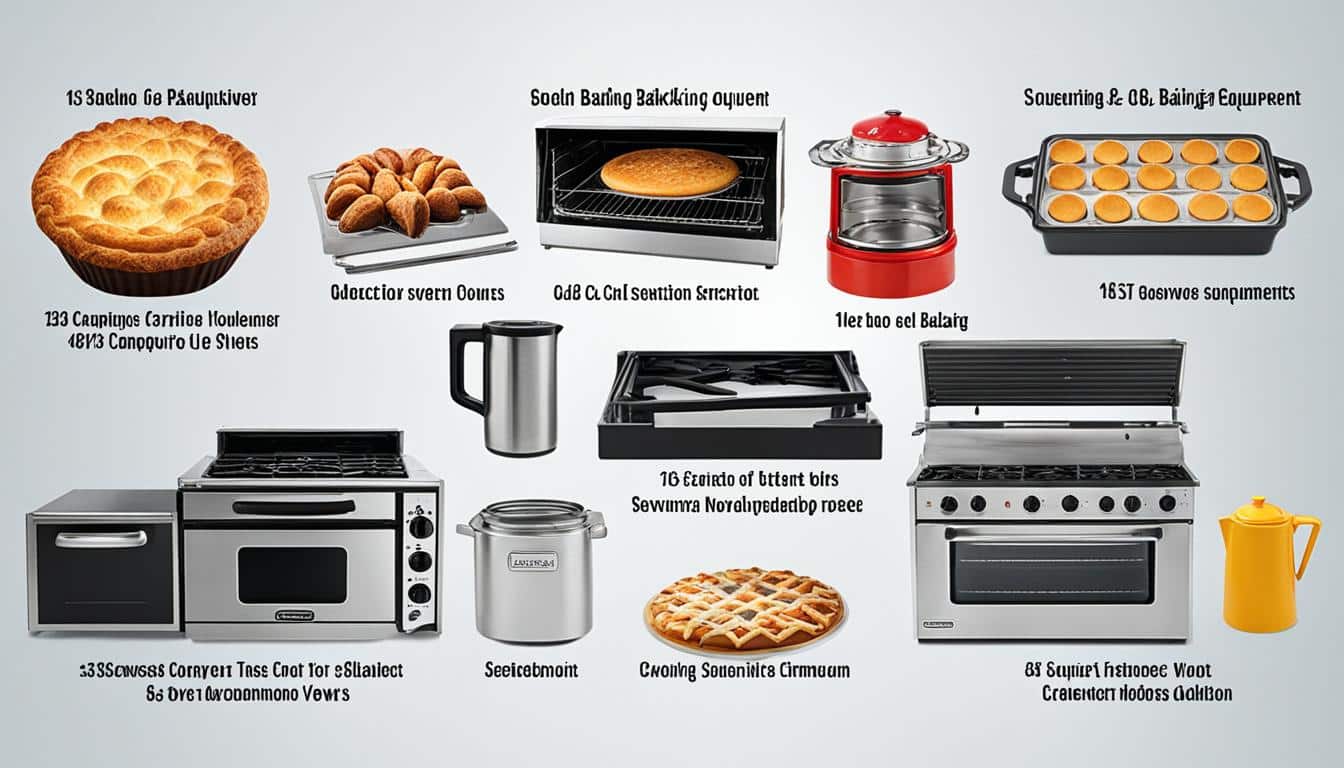
As a passionate baker, I’ve always been fascinated by the art of cake decorating. From beautifully crafted designs to intricate details, every cake seemed like a masterpiece to me. But it wasn’t until I discovered fondant that my world of creativity truly opened up.
One day, as I was flipping through a baking magazine, I came across a stunning cake adorned with delicate fondant decorations. The crisp edges, smooth surface, and vibrant colors instantly caught my eye. It was a true work of edible art.
Intrigued, I decided to give fondant decorating a try. Armed with my newfound inspiration, I set out to perfect the techniques and skills needed to bring my cake designs to life. I dove deep into learning the basics, from covering a cake flawlessly with fondant to adding intricate designs and textures.
As I practiced, I discovered that fondant offered an unparalleled level of creativity and versatility. With fondant, I was no longer limited to simple buttercream icing or basic piping techniques. I could sculpt cakes into any shape, create delicate sugar flowers, and even print edible designs on cakes.
Through trial and error, I gradually honed my fondant decorating skills. I learned the importance of a steady hand when hand-painting designs with edible pigments and how to work with sugar to craft intricate shapes and forms. I experimented with an airbrush to achieve quick and seamless color coverage, and I discovered the art of pouring mirror glaze to achieve a high-gloss finish.
As I delved deeper into advanced fondant techniques like sculpting cakes, piping with royal icing, and creating chocolate decorations, the possibilities seemed endless. Each new skill I acquired opened doors to more intricate and unique cake designs.
Now, I proudly showcase my fondant-decorated creations at family gatherings and special occasions. Friends and family marvel at the level of elegance and flair I bring to my cake designs, all thanks to fondant. It has become my signature style, and I couldn’t be more thrilled.
If you’re looking to elevate your cake decorating skills and create cakes that are not only delicious but also visually stunning, mastering fondant is a must. In the following sections, I will guide you through the basics of fondant techniques and introduce you to advanced decorating methods that will take your baking skills to new heights.
Basic Fondant Techniques for Cake Decorating
When it comes to creating jaw-dropping cake designs, mastering basic fondant techniques is essential. Whether you’re a beginner or a seasoned baker looking to enhance your skills, these techniques will provide a solid foundation for your cake decorating journey.
Covering a Cake with Fondant
One of the fundamental skills in fondant decorating is covering a cake with fondant. This technique gives cakes a smooth and professional-looking finish. It involves rolling out the fondant to the desired thickness, carefully draping it over the cake, and smoothing it down to eliminate any air bubbles or wrinkles.
Creating Smooth and Crack-Free Application
Smoothness is key when working with fondant. Achieving a flawless finish requires practice and attention to detail. Properly kneading the fondant to remove any air pockets, using a fondant smoother to press out any imperfections, and ensuring the right consistency are crucial for a smooth and crack-free application.
Adding Designs and Texture to Fondant
Fondant provides endless possibilities for adding designs and texture to your cakes. You can impress with intricate patterns, textured effects, or even hand-painted designs using edible pigments. Sugar work, such as creating intricate shapes and forms from sugar, can also add a touch of artistry to your cake designs.
Using an Airbrush for Quick and Seamless Color Coverage
An airbrush is a versatile tool that allows you to add vibrant colors and gradients to your fondant-covered cakes. With an airbrush, you can achieve quick and seamless color coverage, creating beautiful gradients or intricate details with ease.
Practicing the Application of Mirror Glaze
Mirror glaze is a glossy and reflective topping that can elevate the overall look of your cakes. It requires precision and practice to achieve a high-gloss finish. Pouring the mirror glaze evenly and smoothly over the cake is crucial for a professional and visually appealing result.
By honing these basic fondant techniques, you’ll be well on your way to creating stunning and visually captivating cake designs that will amaze both your clients and loved ones.
Advanced Cake Decorating Techniques with Fondant
When it comes to cake design, fondant decorating opens up a world of possibilities. With fondant, you can create stunning and intricate designs that will wow your guests. In this section, we will explore advanced cake decorating techniques using fondant that will take your baking skills to the next level.
One of the key techniques in advanced fondant decorating is sculpted cakes. With sculpted cakes, you can unleash your creativity and create cakes in unique shapes and designs. From whimsical characters to realistic objects, the only limit is your imagination. Another technique that adds elegance to any cake is the art of crafting sugar flowers. These delicate and lifelike flowers made from fondant can transform a simple cake into a work of art.
Royal icing piping is another advanced technique that can elevate your cake designs. With royal icing, you can create intricate patterns, lace-like designs, and even personalized messages on your cakes. Mirror glaze is yet another technique that adds a touch of sophistication. It provides a glossy finish that is both eye-catching and reflective, turning your cakes into true showstoppers.
To add versatility and a delicious touch to your designs, consider incorporating chocolate decorations. From handcrafted chocolate flowers to intricate designs, chocolate offers endless possibilities for adding both flavor and style. For those looking to personalize their cakes with intricate details, edible printing and 3D printed cake toppers are the way to go. These techniques allow you to bring your designs to life with intricate precision and personalization.

